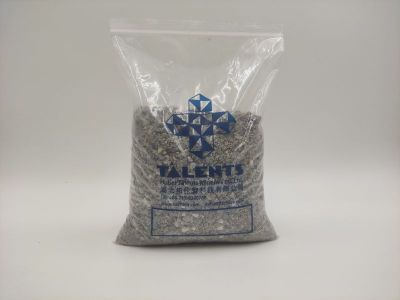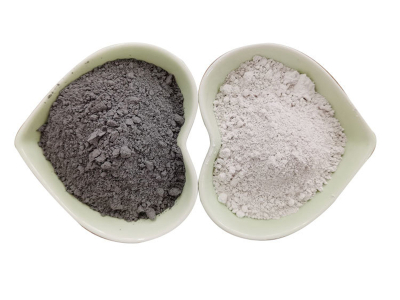The difference between natural barium sulfate, precipitated barium sulfate and nano barium sulfate
Often thick plate or columnar crystals, mostly dense block or plate, granular aggregates. When pure, it is colorless and transparent. When it contains impurities, it is dyed into various colors, with white streaks, vitreous luster, and transparent to translucent. Non-magnetic, ultra-fine barium sulfate chemical properties are extremely stable, high-quality pigment, colorless orthorhombic system. Precipitated barium sulfate, excellent physical properties, uniform fineness, amorphous white powder or paste.
Precipitated barium sulfate is chemically prepared by mixing barium sulfide solution with mirabilite solution after removing calcium and magnesium, reacting at 80°C to form a precipitate, and adjusting pH after suction filtration, water washing and pickling. The value is 5 to 6, and then filtered, dried and crushed. It can also be prepared by reacting barium yellow halogen with Glauber's salt solution. Precipitated barium sulfate is insoluble in water and acid. The solubility in water is only 0.0024g/100g water. Soluble in hot concentrated sulfuric acid. Insoluble in water, ethanol and dilute acid. Clumps when dry. Industrial precipitated barium sulfate itself is not toxic, but if it contains soluble barium compounds, it can cause poisoning.
Nano barium sulfate, as an important industrial raw material, has attracted more and more attention due to its application in coatings, plastics, rubbers and contrast agents. Barium sulfate nanoparticles with small particle size, good dispersibility and narrow particle size distribution are the keys to obtain excellent properties. Therefore, more and more researches are devoted to the preparation of barium sulfate nanoparticles with small particle size and good dispersibility.
Barium chloride and ammonium sulfate were used as reactants to prepare nano-barium sulfate by precipitation method, mixed solvent method and EDTA complex method respectively. Characterization, and the effect of different reaction conditions on the product morphology, dispersion, particle size and distribution.
The direct precipitation method and the precipitation transformation method were used to prepare the nano-barium sulfate with good dispersibility and small particle size, and the influence of different reaction conditions on the product was studied: the research showed that the feeding speed, the concentration of the reactant, and the amount of the dispersant had an effect on the product. Dispersibility and particle size have an impact; sodium polyacrylate as a dispersant in the preparation process can modify the surface of barium sulfate to improve its compatibility with polymers.
Prepare nano barium sulfate by mixed solvent method, and study the influence of different preparation conditions on the product. The conclusions are as follows: the addition of dispersant has little effect on product dispersibility and particle size; with the increase of reactant concentration, the prepared The particle size of the barium sulfate nanoparticles becomes larger, and the shape of the product becomes more irregular, but the effect of the concentration of the reactant on the dispersibility is small; the content of ethanol in the mixed solvent increases, the dispersibility of the product becomes better, and the particle size is in the It is getting smaller and smaller within a certain range, but the particle size distribution of the product is wider.
Prepare barium sulfate by EDTA complexation and study the effect of different reaction conditions on the nano-barium sulfate product: the reaction temperature affects the morphology of the product, and the particles change from spherical to spindle shape with the increase of temperature; Increasing the particle size distribution of the product will narrow, and the particle size of the product will decrease slightly; the pH of the system will affect the particle size of the product. When pH=6, the particle size of barium sulfate nanoparticles is the smallest.
High-purity nano-barium sulfate not only has the use of ordinary barium sulfate, but also has other special uses. Such as: it has a wide range of applications in coatings, paper, rubber, ink, plastics and other industrial sectors. The fine scaly barium sulfate is used in the manufacture of copy paper, which can make the surface of the paper smooth and bright. The barium sulfate product with an average particle size of 0.2μm, because of its good dispersibility, can be effectively used as a dispersant in colored pigments, making paint, printing, ink and other colors more vivid and more glossy. Particulate barium sulfate with an average particle size below 0.3μm, which can be used as a filler for advanced resins and rubbers.


